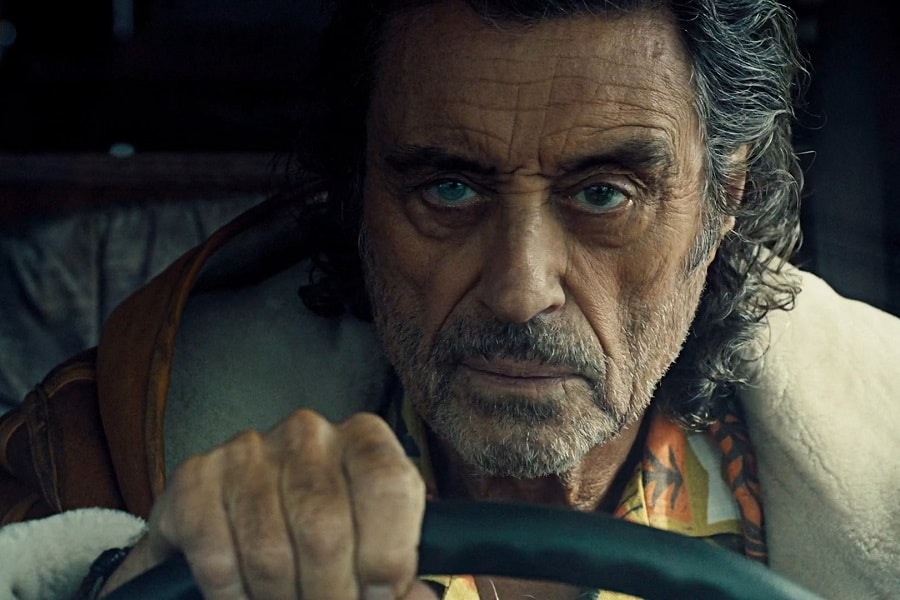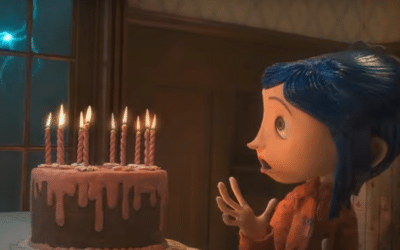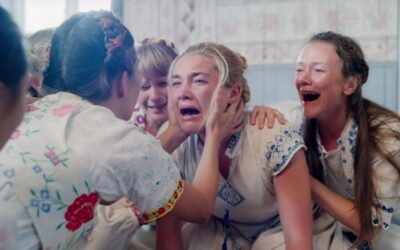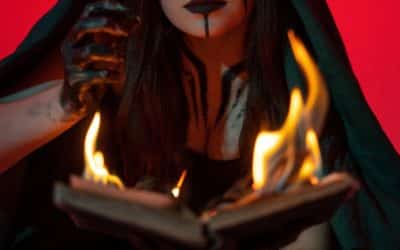
Horror Mythology
Horror fiction has a fascinating allure that sends shivers down the spine, unleashing a cornucopia of primal fears that have been embedded in the human psyche since the dawn of time. Combine this with the rich tapestry of global mythology and the result is a melting pot of electrifying stories and terrifying creatures that have left indelible marks on books and screens alike.
Stephen King, the uncrowned king of horror fiction, once proclaimed, “Monsters are real, and ghosts are real too. They live inside us, and sometimes, they win.” Perhaps nowhere is this sentiment more encapsulated than in his spellbinding novel, “It”. In this chilling masterpiece, King introduced the malevolent Pennywise, a being of monstrous origins and unknown realms, drawing on primal fears rooted in mythologies. With a penchant for shapeshifting into a child’s worst nightmare, Pennywise’s essence can be traced back to the boogeyman myths that have haunted many a childhood around the globe.
In the high-octane world of screen, horror fiction has harmoniously intertwined with mythology, producing captivating narratives that keep audiences on the edge of their seats. In the realm of streaming giants, Netflix’s “Stranger Things” is a resounding echo of this fusion. Drawing heavily from H.P. Lovecraft’s cosmic horror, the series weaves together the enchanting folklore of the ‘Upside Down’ — a parallel universe inhabited by ghastly creatures like the Demogorgon. Lovecraft, known for his creation of the Cthulhu mythos, was a wizard of blending mythology and horror, inspiring generations of authors and filmmakers.
Japanese mythology, with its rich and spine-chilling narratives, has offered horror fiction a bevy of terrifying creatures. Take, for example, the engaging horror manga series, “Uzumaki” by Junji Ito. Ito borrows from the Japanese myth of Uzumaki, or the ‘Spiral Curse’, to weave a tale of a town gripped by a supernatural curse that manifests in sinister spirals. On screen, films like “The Grudge” (Ju-On) introduce viewers to the wrath of vengeful spirits like Kayako, a ghost with roots in traditional Japanese ghost stories and mythology.
Hopping over to Latin America, the mythical creature La Llorona, a weeping woman who drowned her children and is cursed to search for them in the afterlife, has been the source of many sleepless nights for children and adults alike. As an iconic figure in Latin folklore, La Llorona found a place in contemporary horror fiction with the 2019 movie, “The Curse of La Llorona”. This terrifying character also haunts the pages of “Mexican Gothic” by Silvia Moreno-Garcia, a novel that artfully blends Gothic horror with Mexican mythology.
In the land of ancient lore and mythology, Greece, the writer Algernon Blackwood has used the tale of Pan, the god of the wild, to inspire terror. His seminal novella “The Great God Pan” speaks of a deity from Greek mythology as a harbinger of unnameable horrors, a chilling blend of horror and ancient myth.
Likewise, the raw energy of Norse mythology has powered many a terrifying tale. Neil Gaiman, an established fantasy author, illustrated this in his novel, “American Gods”. It teems with gods and creatures from Norse mythology and beyond, pulled into a modern context that oscillates between terror and fascination. The unique blend of ancient lore with the modern world was so enthralling that it was adapted into a critically acclaimed television series.
The compelling power of African mythology has also been touched by the chill of horror. The South African film “8” used the myth of the nightmarish demon-like creature, the Tokoloshe, to great effect. In Nuzo Onoh’s “The Sleepless”, African mythology and supernatural folklore create a palpable sense of dread, merging tradition with the genre’s signature suspense and fear.
Bollywood has not shied away from its rich cultural and mythological history either. A prime example is “Tumbbad”, a film that explores the myth of Hastar, a greedy entity banished from the celestial realm, demonstrating that the infusion of mythology with horror transcends cultural and linguistic boundaries.
Hence, horror fiction, combined with the enthralling depths of mythology, creates a vortex of fear and fascination that is as timeless as it is boundless. Be it Pennywise or the Demogorgon, the La Llorona or the Tokoloshe, these creatures of myth and legend have found new life in books and on screens around the globe. They continue to prove that the primal fear of the dark, the unknown, and the otherworldly, though universally shared, is far from universally understood. This compelling combination reminds us that, while cultures may differ, the thrill of a good scare is a language everyone speaks. Stories may end, but the eternal dance between horror fiction and mythology continues, forever thrilling, chilling, and captivating audiences worldwide.
More Folk Horror Features
Twisted Enchantments
The Macabre Marriage of Fairy Tales and Horror
Folk Horror
Unraveling the Threads of Folk Horror
The Witch in Horror
A look at witches as folk horror icons



